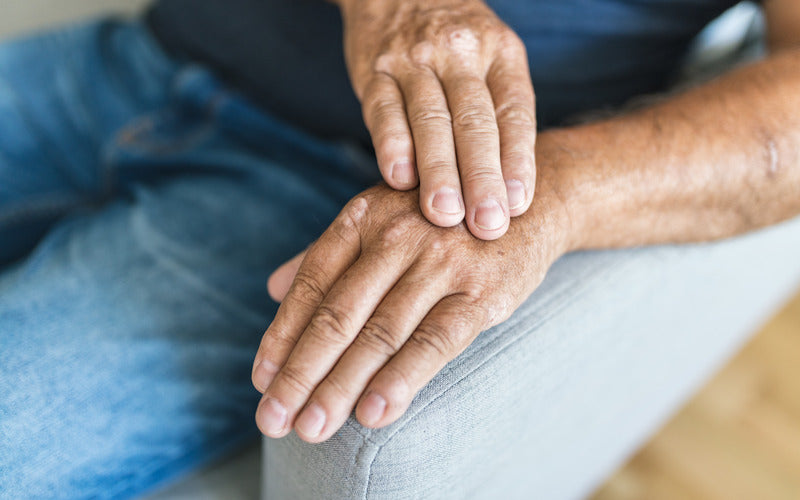Back Pain Treatments for Savvy Seniors Exploring Options
Back pain is a common and often debilitating condition that affects people of all ages, but it becomes increasingly prevalent among seniors. As we age, the wear and tear on our spine, muscles, and joints can lead to various back-related issues. Chronic back pain can significantly impact seniors' quality of life, limiting their mobility and independence.
Related Topics (Sponsored Ads):
However, there are several effective treatments available to alleviate back pain and improve seniors' overall well-being. In this article, we will explore the top seven back pain treatments tailored specifically for seniors.
Physical Therapy
Physical therapy is a cornerstone in the treatment of back pain for seniors. A licensed physical therapist designs individualized exercise programs to improve strength, flexibility, and range of motion. These exercises help to strengthen the core muscles, which play a crucial role in supporting the spine. Additionally, physical therapy can include various modalities such as heat and cold therapy, ultrasound, and electrical stimulation to reduce pain and inflammation.

Low-Impact Exercise
Engaging in regular low-impact exercises is essential for seniors with back pain. Activities like walking, swimming, and cycling help to improve cardiovascular health while minimizing stress on the spine. Yoga and tai chi are also excellent options, as they promote relaxation, flexibility, and balance, which can help prevent future back issues.
Medication Management
Over-the-counter pain relievers such as acetaminophen and nonsteroidal anti-inflammatory drugs (NSAIDs) can be effective in managing mild to moderate back pain in seniors. However, it is crucial for seniors to consult their healthcare provider before taking any medication, as some may interact with other medications they are taking or have potential side effects. Prescription medications, including muscle relaxants and opioids, should only be used under close supervision by a healthcare professional due to the risk of adverse effects and dependence.
Heat and Cold Therapy
Applying heat or cold to the affected area can provide relief from back pain in seniors. Heat therapy, using heating pads or warm compresses, helps to relax muscles and increase blood flow, reducing muscle tension and easing pain. Cold therapy, with ice packs or cold compresses, can help to reduce inflammation and numb the area, providing temporary pain relief.
Manual Therapy
Manual therapy techniques, such as massage and chiropractic adjustments, can be beneficial for seniors with back pain. Massage therapy can help relax tight muscles, improve circulation, and alleviate tension in the back. Chiropractic adjustments aim to realign the spine, potentially relieving pressure on nerves and reducing pain.
Acupuncture
Acupuncture, an ancient Chinese practice, involves inserting thin needles into specific points on the body to stimulate energy flow. Studies have shown that acupuncture can be effective in managing chronic back pain in some individuals, including seniors. It is a non-invasive treatment option that can complement other therapies for back pain relief.
Assistive Devices and Lifestyle Modifications
For seniors with chronic back pain, incorporating assistive devices and making lifestyle modifications can significantly improve their daily comfort and functionality. Proper lumbar support in chairs and car seats, using walking aids like canes or walkers, and optimizing ergonomics in the home environment can all help to reduce strain on the back. Seniors should also focus on maintaining a healthy weight, as excess weight can exacerbate back pain.
Conclusion
Back pain is a prevalent issue among seniors, but it doesn't have to be a barrier to leading a fulfilling and active life. By adopting a multi-faceted approach to treatment, seniors can effectively manage and alleviate back pain. Physical therapy, low-impact exercise, medication management, heat and cold therapy, manual therapy, acupuncture, and assistive devices are among the top treatments that can provide relief and improve seniors' overall well-being.
It is essential for seniors to work closely with their healthcare providers to develop a personalized treatment plan that addresses their specific back pain concerns. By taking proactive steps and making informed choices, seniors can take control of their back pain and maintain their independence and mobility throughout their golden years.




